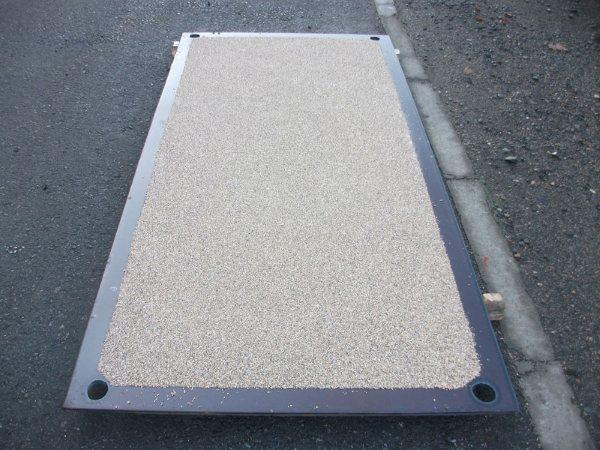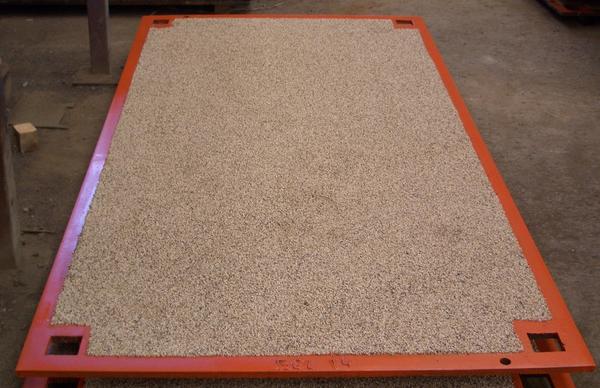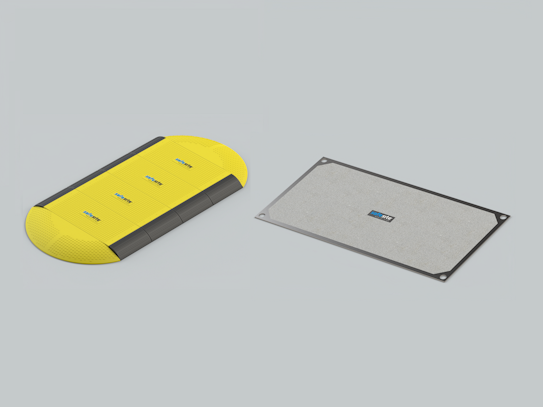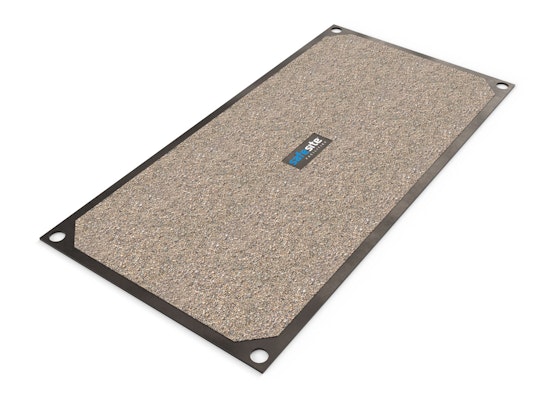- Next day delivery
- Installation service available
- Buy back on all products
- Rated Excellent
A Comprehensive Guide to Steel Road Plates
What are steel road plates and how should they be used and installed?
Steel plates are provide a good, temporary solution for covering dangerous holes on a construction site. These heavy-duty, robust plates allow roads to return to service so that construction can continue. Here we explore the design details and best practice installation advice.

Prevent delays to construction and ease congestion
These plates can be used to ensure that roads can still be used whilst other phases of work continue. Steel road plates are most popular for lane rental schemes when the highway authority forbids lane closures.
They offer an ideal compromise for keeping lanes, whilst work continues overnight and at weekends. They are often seen when excavations have begun as an early stage of construction or repair projects.
Design, dimensions and deployment
These plates are designed to withstand heavy-duty use on busy roads. They feature an akti-skid coating and are available in a number of colour finishes. We offer the following a range of standard sizes:
- 1220mm x 1220mm (4ft x 4ft)
- 1830mm x 1220mm (6ft x 4ft)
- 2440 mm x 1220mm (8ft x 4ft).
The weights start from approximately 300kg and standard road plates have a thickness of either ½ inch or ¾ inch. We can also offer customised sizes.
The key features of the product are as follows:
- Holes to allow for safe attachment to lifting plants.
- The ability to be bolted to the road.
- Heavy-weight design for robust strength.
- Hinged versions for quick access to the excavation or regular access, e.g. driveways.
- Composite plates, which can accommodate various lengths of trench.
- Skid-resistance for enhanced vehicle, pedestrian and site worker safety.

How are steel plates installed?
Steel road plates can be installed fairly quickly, but they are heavy. For this reason, they should be installed using a forklift or crane.
For best, longer term installation, it is important to follow these best practice guidelines:
- Allow sufficient time for correct installation and removal.
- Check for displacement by traffic loading from the outset – plates should always resist displacement.
- Check that the plates do not present a hazard to any type of road user and can be used by all road users and vehicle types, including pedestrians, cyclists and motorcyclists.
- Create a regular inspection and maintenance to ensure that performance remains safe and optimum. Access to the plates should always be possible and planned.
- Fix the plates correctly at all times. Mechanical lifting ensures that the plates are installed accurately and safely.
- The right plates should be suitable for the desired purpose
- Consider appropriate safety zones, particularly when planning installation. The weight of the plates can cause swinging in the construction area or across neighbouring carriageways / footways.
- Prepare suitable bedding material, any gaps and edges will also need to be filled.
- If a ramp is created by the road plates, then warning signs for pedestrian and road users are required.
- Always a conduct full site survey, and take the professional advice of a structural engineer.
The Department of Transport also offers guidance on installing road plates, please click here.
SafeSite Facilities‘ road plates are available for buy or hire anywhere in the UK. Cost will vary depending on the requirements of the site. Please contact a member of our friendly team for more information.
Request a free no-obligation quote
We respond in under 30 mins on average (excl. weekends)

